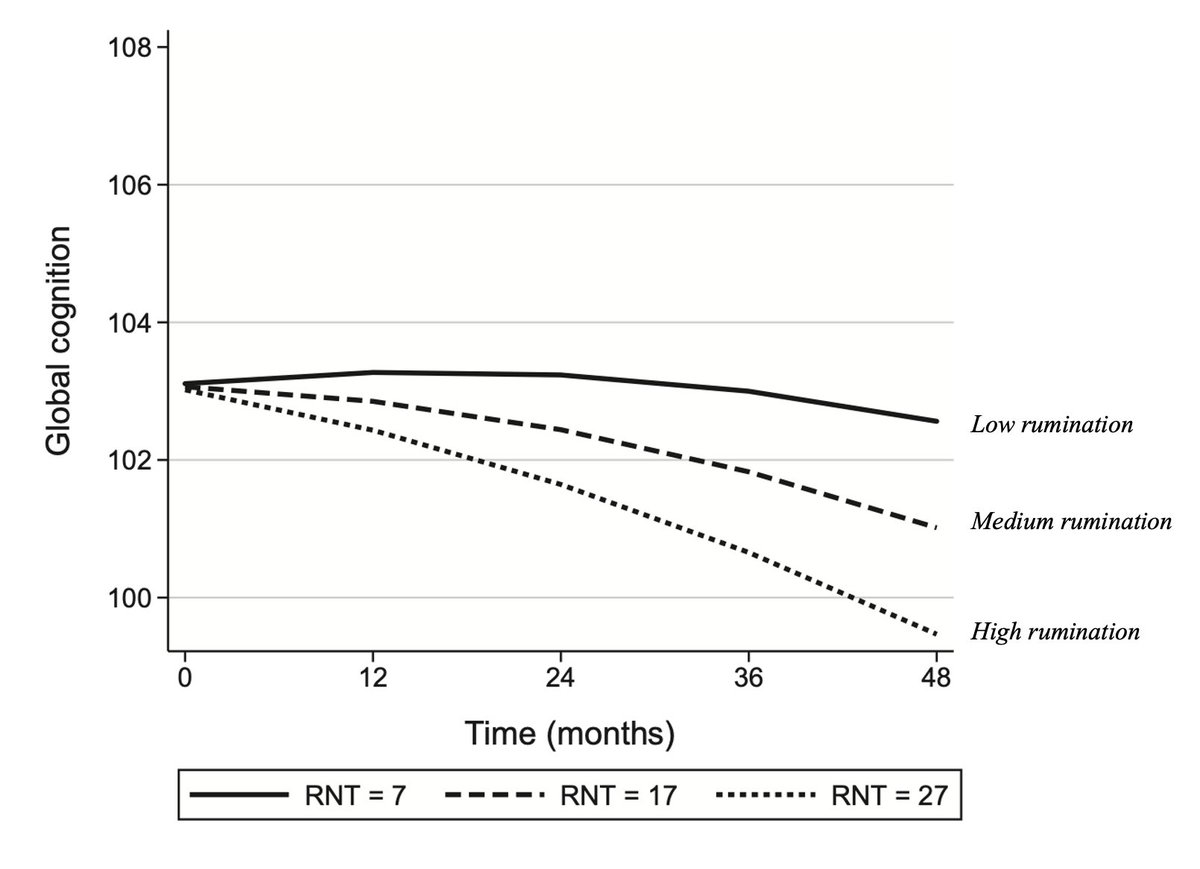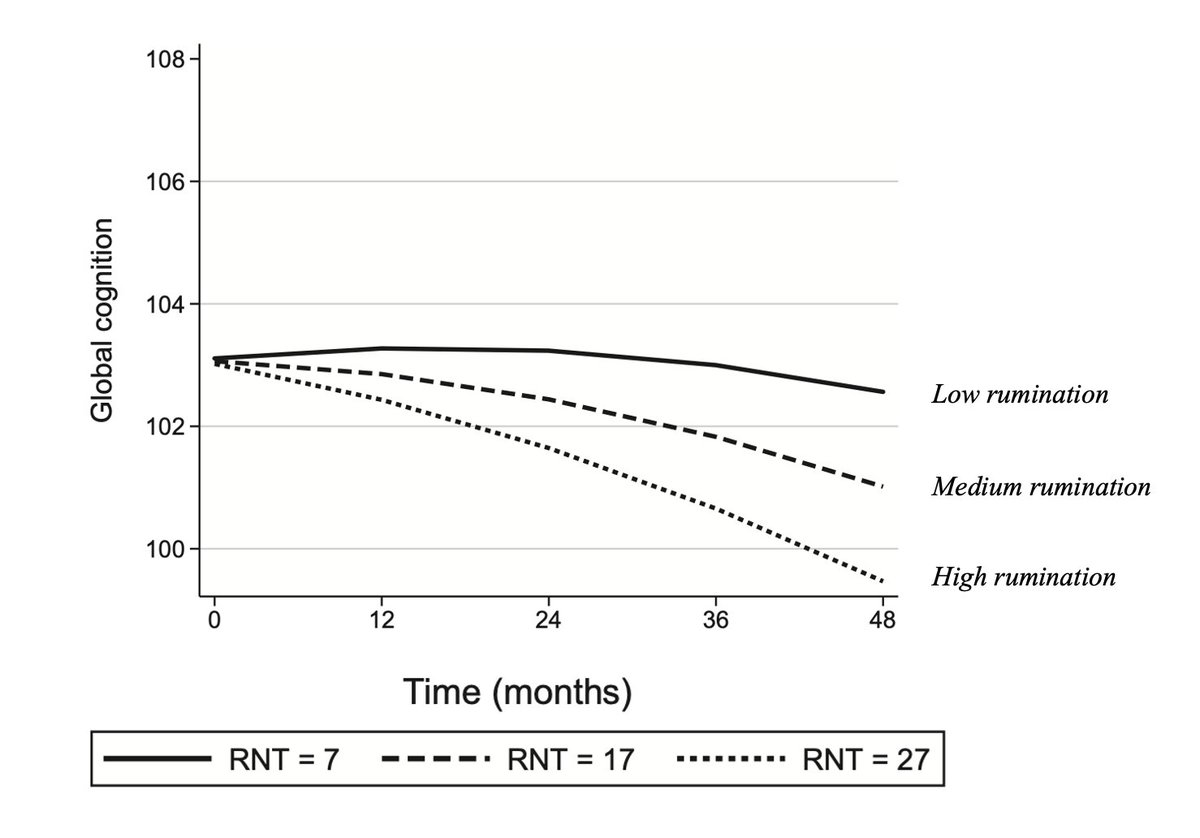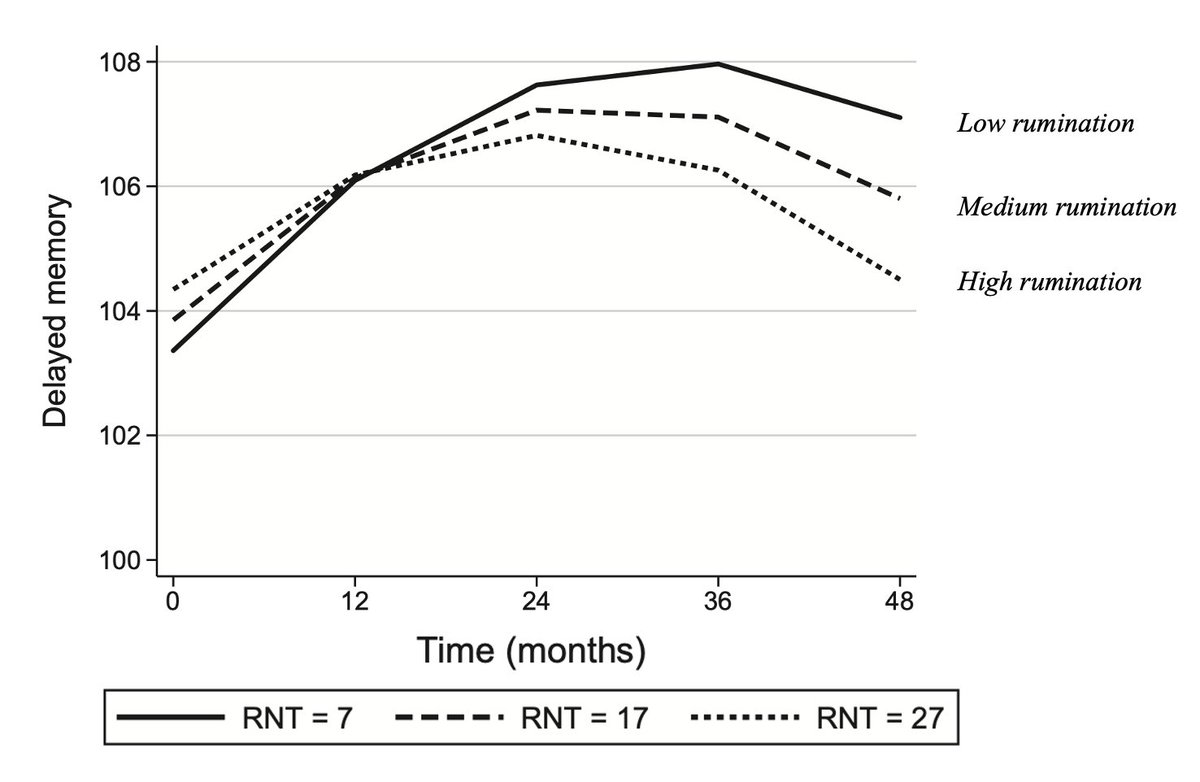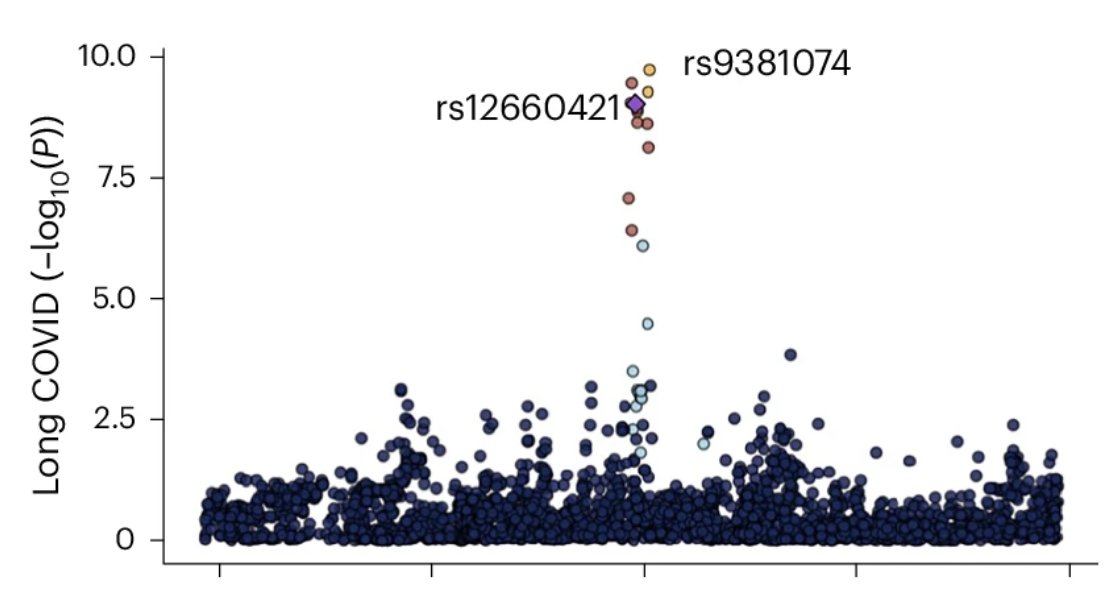Researchers just developed a machine learning-optimised diet that reduces dementia risk by 36% - stronger than any existing dietary pattern.
The MODERN diet analysed 185,012 people over 10 years - here's what they found 🧵
The MODERN diet analysed 185,012 people over 10 years - here's what they found 🧵
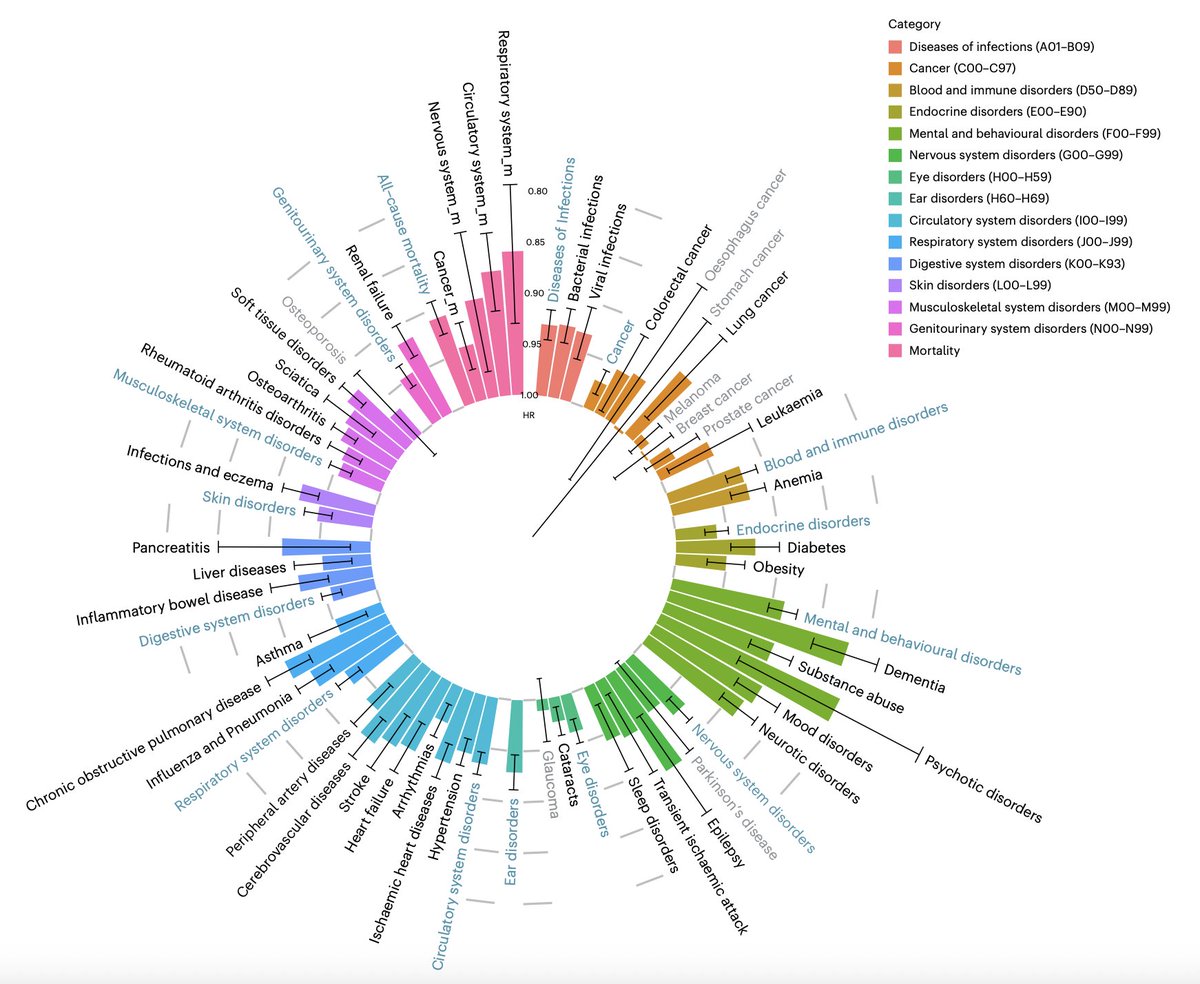
The study used UK Biobank data with 1,987 participants developing dementia over 10 years (mean age at onset: 74.6 years).
Machine learning identified 8 key food groups from 25 that showed associations with dementia risk.
Machine learning identified 8 key food groups from 25 that showed associations with dementia risk.
The AI discovered U-shaped relationships - both too little AND too much of certain foods increase dementia risk.
Example: Eggs protect brain at 0-1/day but harm at >1/day. Same pattern for poultry, vegetables, and others.
Example: Eggs protect brain at 0-1/day but harm at >1/day. Same pattern for poultry, vegetables, and others.
The MODERN diet has 3 types of components:
LINEAR BENEFIT:
✅ Olive oil (use daily)
U-SHAPED (moderation is key):
📊 Green leafy vegetables (0-1.5 servings/day)
📊 Berries & citrus fruits (0-2 servings/day)
📊 Potatoes (0-0.75 servings/day)
📊 Eggs (0-1 serving/day)
📊 Poultry (0-0.5 servings/day)
LINEAR HARM:
❌ Sweetened beverages (avoid completely)
LINEAR BENEFIT:
✅ Olive oil (use daily)
U-SHAPED (moderation is key):
📊 Green leafy vegetables (0-1.5 servings/day)
📊 Berries & citrus fruits (0-2 servings/day)
📊 Potatoes (0-0.75 servings/day)
📊 Eggs (0-1 serving/day)
📊 Poultry (0-0.5 servings/day)
LINEAR HARM:
❌ Sweetened beverages (avoid completely)

External validation in 33,752 US participants showed:
- MODERN diet: 36% lower dementia risk
- MIND diet: 25% lower risk
The MODERN diet outperformed the established MIND diet.
- MODERN diet: 36% lower dementia risk
- MIND diet: 25% lower risk
The MODERN diet outperformed the established MIND diet.

Brain imaging revealed the MODERN diet was also associated with:
1. Larger cortical thickness in 31 of 68 brain regions
2. Better white matter integrity (FA/MD improvements)
3. Preserved hippocampal structure
1. Larger cortical thickness in 31 of 68 brain regions
2. Better white matter integrity (FA/MD improvements)
3. Preserved hippocampal structure

Which pathways likely explain the protective effects?
Biomarker analysis showed:
↑ Omega-3 fatty acids (especially DHA)
↓ Inflammation markers (IL-6, CRP)
↓ Harmful proteins (GFAP decreased 8.4%)
Biomarker analysis showed:
↑ Omega-3 fatty acids (especially DHA)
↓ Inflammation markers (IL-6, CRP)
↓ Harmful proteins (GFAP decreased 8.4%)
It didn't just work for dementia either it was also associated with:
1. Mental disorders: 11% lower (strongest association)
2. All-cause mortality: 9% lower
3. Cardiovascular disease: Various reductions
1. Mental disorders: 11% lower (strongest association)
2. All-cause mortality: 9% lower
3. Cardiovascular disease: Various reductions
Even more importantly the higher your risk, the MORE it helps:
1. APOE4 carriers: 41% reduction
2. Women 50+: 44% reduction
3. People with diabetes: 39% reduction
4. Family history: 48% reduction
1. APOE4 carriers: 41% reduction
2. Women 50+: 44% reduction
3. People with diabetes: 39% reduction
4. Family history: 48% reduction
Why AI succeeded where humans couldn't:
- Analysed 206 foods × 185,012 people = 38M+ data points
- Detected non-linear patterns invisible to traditional analysis
- Identified synergistic effects between food combinations
Precision nutrition is already here.
- Analysed 206 foods × 185,012 people = 38M+ data points
- Detected non-linear patterns invisible to traditional analysis
- Identified synergistic effects between food combinations
Precision nutrition is already here.
• • •
Missing some Tweet in this thread? You can try to
force a refresh


